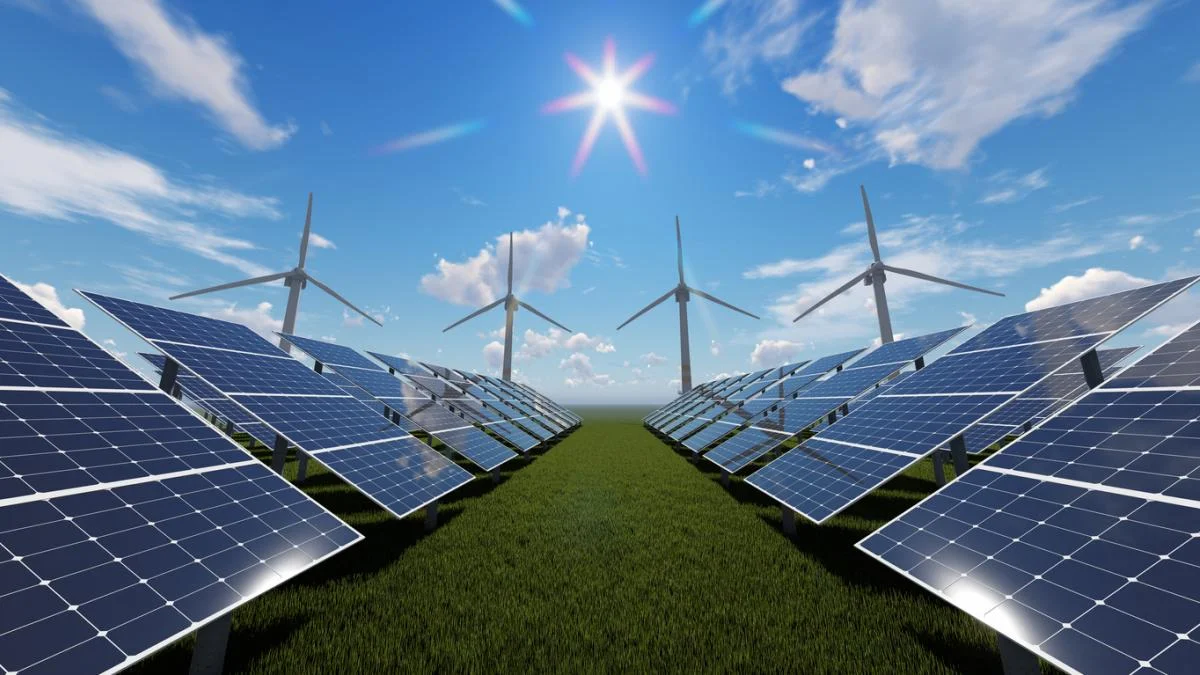More and more countries are opting for renewable energies, such as Norway, New Zealand, Iceland, Costa Rica, Bhutan, Paraguay, and Iceland. These nations operate with 100% renewable energy or are close to achieving it. Although they are sparsely populated countries, they also have abundant natural resources.
These countries generate electricity from traditional renewable sources, such as hydropower, as well as first-generation geothermal energy. This is what sets them apart from the rest of the world’s nations that do not have abundant water or geothermal resources.
However, 10 new countries are working to generate more than two-thirds of their electricity from renewable sources, thanks to their commitment to variable energy.
According to the International Energy Agency (IEA) report, renewable energies will account for nearly half of global electricity generation by 2030, whereas currently it only reaches 30%, representing a huge leap in five years.
 wind energy[/caption>
wind energy[/caption>
Which countries lead the transition to renewable energies?
Renewable energies, mostly wind and solar, are increasingly present in different countries, including Denmark, which stands out as the leader in this race, so it is expected that by the end of the era, its energy will be 100% renewable. During the first months of this year, 72% of the country’s electricity came from wind and solar, while 10% was generated from bioenergy, that is, biomass transformation.
The other countries in the race are Portugal, Greece, Netherlands, Germany, Spain, United Kingdom, and Ireland, which are advancing rapidly towards the energy transition, where wind and solar are the main players. In fact, Portugal stands out as the favorite among these European countries, as it is expected that by 2030, 90% of its electricity will come from renewable sources. Even France is on the path towards carbon-free energy, although its infrastructure is mainly based on nuclear energy, making it non-renewable.
Meanwhile, in South America, the standout countries are Chile, with its advances in solar and wind energy, along with Uruguay, which operated with 100% renewable energy in recent months, thanks to its hydropower plants and recent investments in wind generators, as well as solar and biomass.
Do you already know our YouTube channel? Subscribe!

